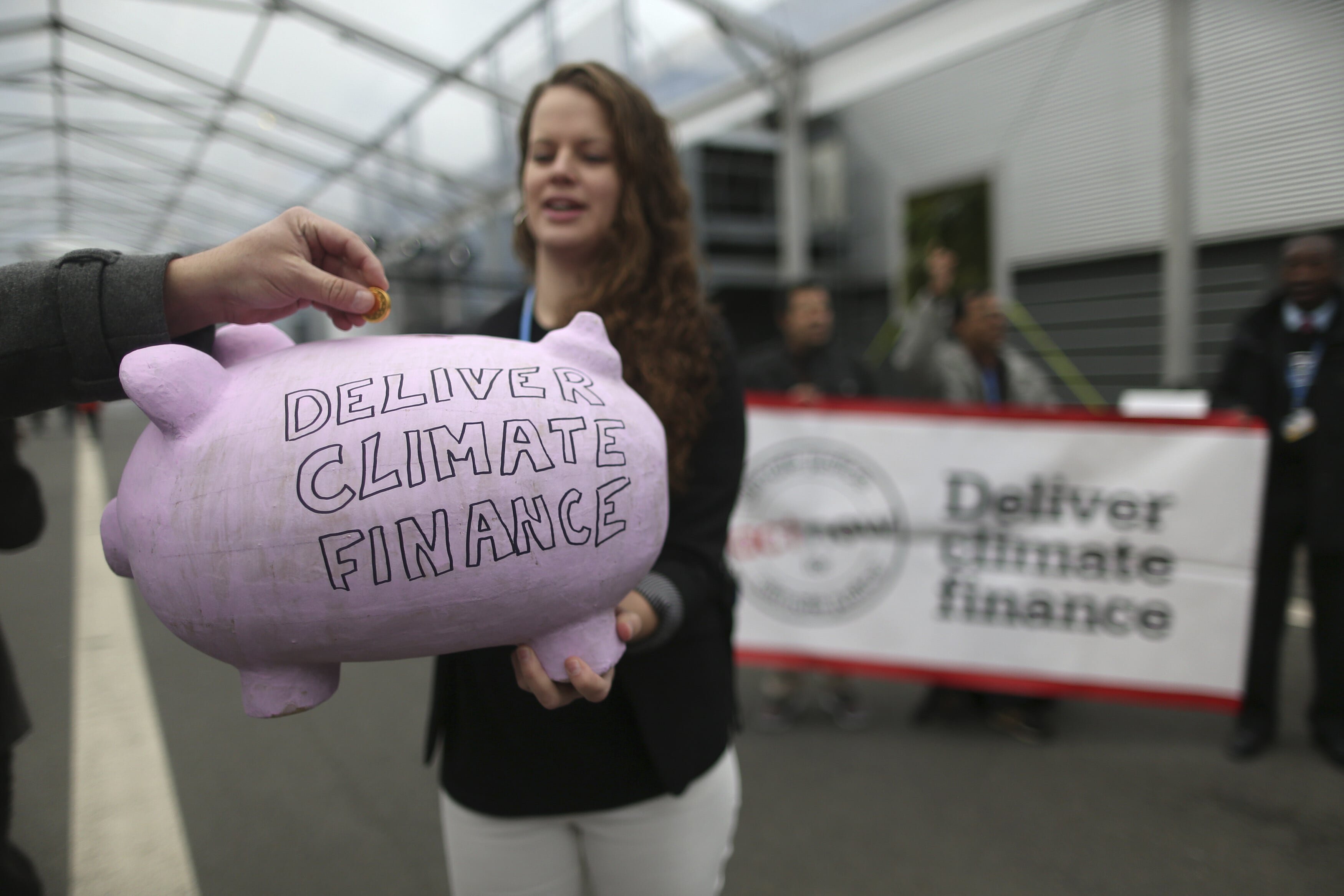Why baby boomers are not ready to retire

Stay up to date:
Hyperconnectivity
For decades we’ve been hearing about the coming demographic transformation, when millions of baby boomers in America will move beyond their middle years and start to grey (in 2014, the youngest boomers – Michelle Obama among them – will pass their 50th birthday and became eligible for AARP membership). This transformation is now upon us. Yet for all the hype, the phenomenon remains caught in confusion and concern at every level.
That confusion was on display in mid-March, as The New York Times featured its periodic Retirement section. The lead article of “Retirement” – a word that derives from the old French meaning “to go off into seclusion” and which is defined in the dictionary as “the action or fact of leaving one’s job and ceasing to work” – focused on retirees who were working for money and for purpose at a time of life when previous generations, well, actually retired.
The piece points out that there’s been a 50% increase in the percentage of individuals over 65 working during the past two decades. A companion article in the same section describes the sharp rise in entrepreneurship and social entrepreneurship among older individuals, which by most accounts now comprise the most entrepreneurial segment of society. The newspaper’s weekly “Retiring” column is likewise filled with stories about individuals doing the opposite of retiring, during the period of life when the golden years once reigned supreme.
The mismatch between category and content, rubric and reality, reflects a broader contradiction that the late gerontologist Matilda White Riley characterized as “structural lag” – the situation that results when individuals’ lives change dramatically, yet the prevailing cultural understandings, social institutions and public policies remain stuck in a bygone era. That certainly characterizes the situation today, even as 10,000 Americans turn 65 each day.
It is also reflected in the language, described as the “young-old” or the “working retired”. This period might as well be rebranded as the oxymoronic years. The individual contradictions and confusions extend more broadly, to what might be termed the “longevity paradox”. We’re investing enormously, individually and as nations to extend life and health. We’re urged by our doctors and our family to reduce stress, eat right, exercise regularly, essentially, to live well so we can live long. And by any measure, we’re making great headway; life expectancy has increased by three decades in the United States over the past century.
Yet pick up the editorial page of just about any newspaper and you’ll soon encounter hand-wringing about the coming “grey tsunami” or the impending “age quake”. Usually, the victim in this demographically determined catastrophe is younger generations, as “walkers outnumber strollers” and “kids face off against canes”. A new book about the demographic shifts, for example, intones gravely about the “looming generational showdown”.
Solutions are hard to come by. On the one hand, if older people continue the leisured lifestyle of their parents’ generation, they are lambasted for being a drain on society, part of the dependency ratio, squeezing younger workers to pay ballooning entitlement and health costs. On the other hand, if they determine to remain productive, these “greedy geezers” are seen as displacing young people, stealing their jobs and foreclosing future prospects for Millennials.
But the zero-sum, contradictory perspective on these inevitable demographic changes is far from fixed. In fact, if we play our cards right we stand to reap a win-win of staggering proportions. The key will be understanding that it is not just the numbers that are changing rapidly, but the nature of the period opening up between midlife and old age. In short, 60 isn’t the new 40, or the old 80 – it is the new 60. The population of boomers flooding into this period comprise something entirely new. They are the potential denizens of a new stage of life, one that has yet to acquire a name, but whose population is growing rapidly each day.
Making the most of the longevity bonus, and of this emergent stage of life, will require moving beyond oxymoronic identities and longevity paradoxes. It will mean understanding the unique possibilities of this period. Never before have so many people had so much experience and the time and capacity to put those assets to great use. What’s more, many want to apply their know-how to use in ways that are not only personally meaningful, but that mean something beyond themselves. Fully 9% of this population is already in encore careers at the intersection of passion, purpose and a paycheck. Some 31% more aspire to move in the same direction. Given that these second acts for the greater good often last a decade or longer in duration, this amounts to a potential human capital windfall.
Realizing that windfall will require rising to the challenge of social innovation, specifically fashioning the institutions and policies helping those who want to live lives of continued contribution and a deep sense of purpose. Making that happen will not only be good for all the baby boomers at that life juncture today, but all those younger generations projected to live even longer.
If the 20th century was the century of youth, then the 21st will almost assuredly be that of maturity. That’s an opportunity to be seized, not just a problem to be solved.
Read more blogs about health.
Author: Marc Freedman is Founder and Chief Executive Officer of Encore, a non-profit organization working to promote “encore” careers.
Image: Joan Barnes (C), owner of Yoga Studio, takes a yoga class at her studio in San Francisco, California. Baby boomers are prompting a boom in yoga. REUTERS.
Don't miss any update on this topic
Create a free account and access your personalized content collection with our latest publications and analyses.
License and Republishing
World Economic Forum articles may be republished in accordance with the Creative Commons Attribution-NonCommercial-NoDerivatives 4.0 International Public License, and in accordance with our Terms of Use.
The views expressed in this article are those of the author alone and not the World Economic Forum.
Forum Stories newsletter
Bringing you weekly curated insights and analysis on the global issues that matter.
More on Financial and Monetary SystemsSee all
Sandra Waliczek
August 8, 2025
Rebecca Geldard
August 7, 2025
Aurora Matteini and Derek Baraldi
August 6, 2025
Sandra Waliczek and Harry Yeung
July 29, 2025
Pranidhi Sawhney and Adam Skali
July 29, 2025
David Carlin and Sourajit Aiyer
July 28, 2025





